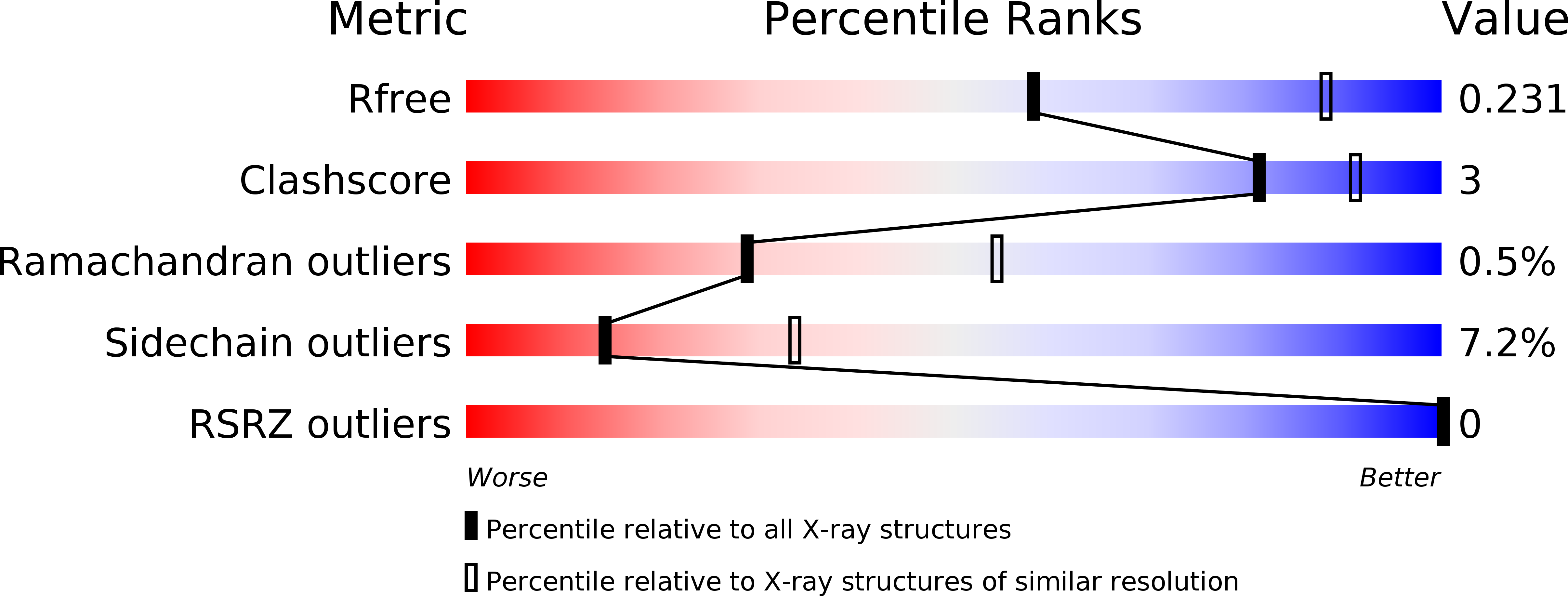
Deposition Date
2015-03-02
Release Date
2015-06-10
Last Version Date
2024-01-10
Entry Detail
PDB ID:
4YIG
Keywords:
Title:
vaccinia virus D4/A20(1-50) in complex with dsDNA containing an abasic site and free uracyl
Biological Source:
Source Organism:
Vaccinia virus (strain Copenhagen) (Taxon ID: 10249)
synthetic construct (Taxon ID: 32630)
synthetic construct (Taxon ID: 32630)
Host Organism:
Method Details:
Experimental Method:
Resolution:
2.70 Å
R-Value Free:
0.22
R-Value Work:
0.17
R-Value Observed:
0.18
Space Group:
P 65


